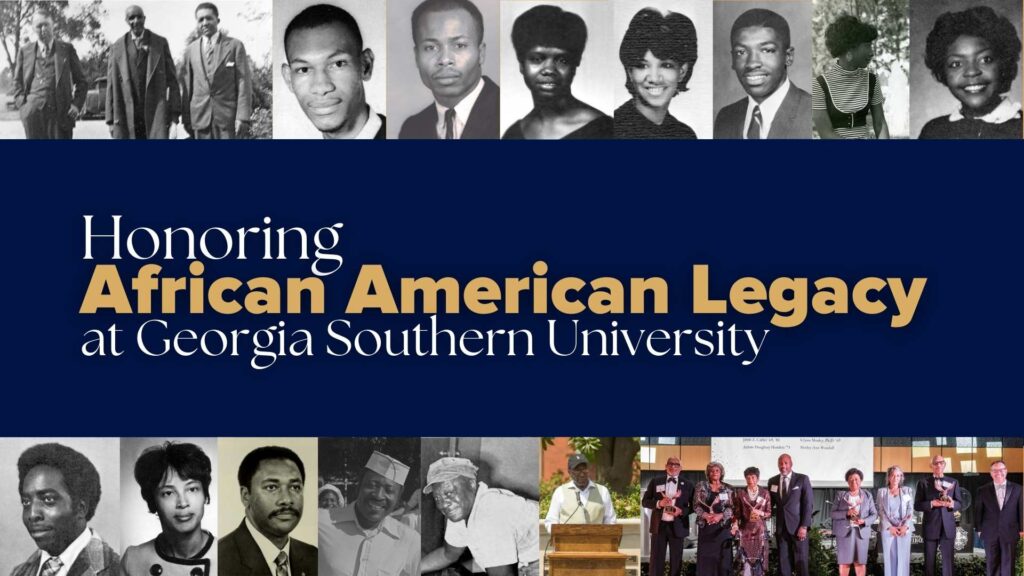
Black History Month is a time to remember and recognize the important mark African Americans have made in American history and culture. Not only is it time to celebrate their resilience, achievements, and contributions but also a time to reflect on the struggles they faced and the progress they’ve made. At Georgia Southern University, we acknowledge the pivotal role African Americans have played in shaping the institution’s history.
George Washington Carver comes to Statesboro.
Long before the first Black students were able to enroll at Georgia Southern and Armstrong State, George Washington Carver was a trailblazer on the Statesboro Campus. In a historic moment on Oct. 31, 1933, he delivered a groundbreaking address to the student body, the first African American to do so.

Breaking Barriers
The journey toward racial integration at Armstrong and Georgia Southern took the courage and determination of individuals like Otis Johnson and John Bradley. In 1963, Johnson broke the barrier as the first Black student at Armstrong State. Two years later in January 1965, John Bradley made history as the first Black student at Georgia Southern. The fall of 1965 marked another significant milestone when six black undergraduates were admitted. Clavelia Love Brinson, Arlene Daughtry, Ulysee Mosley, Shirley Woodall, Jesse Zeigler and Catherine Davis graced the campus leaving a legacy for future generations to embrace and build upon.
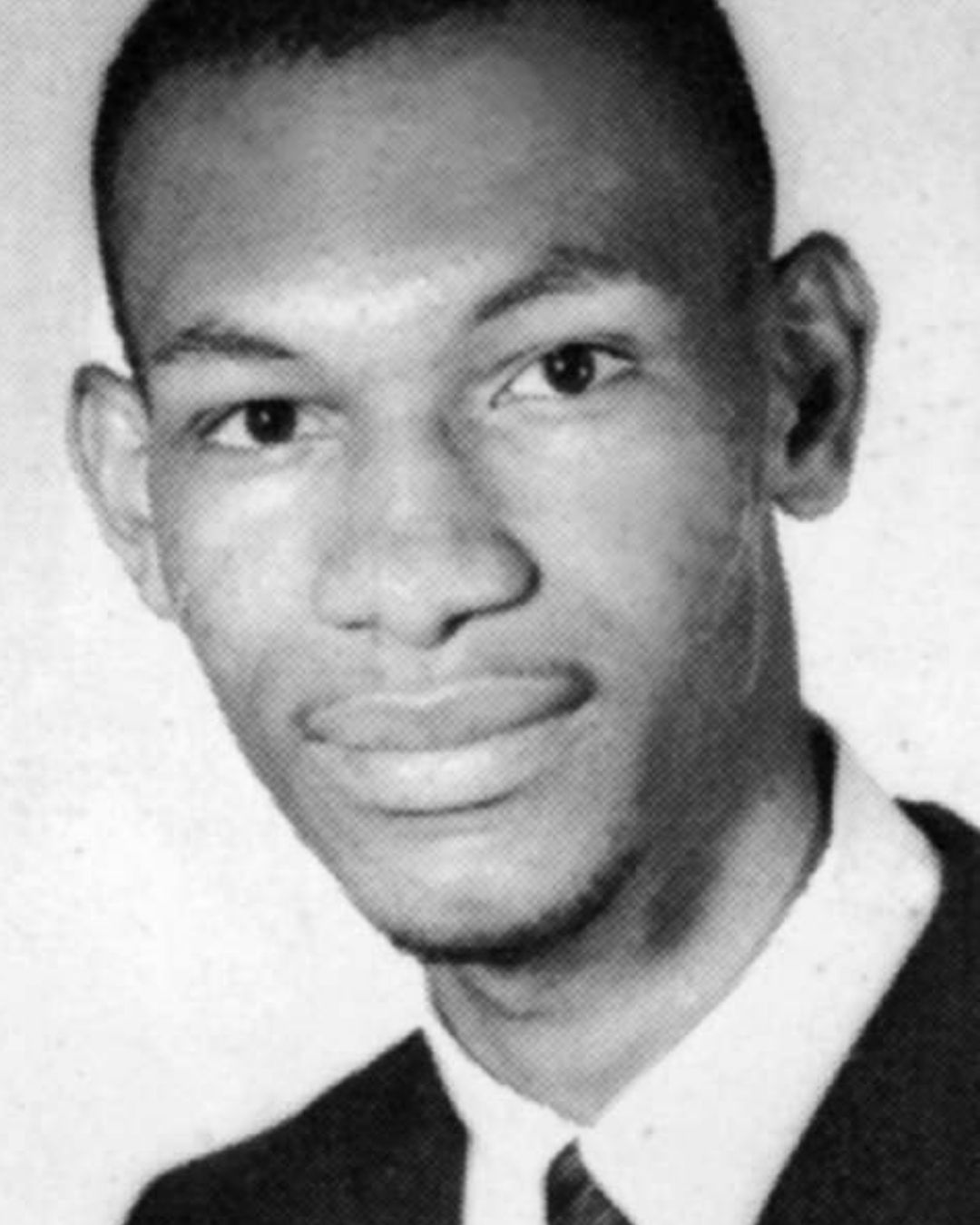
Otis Johnson
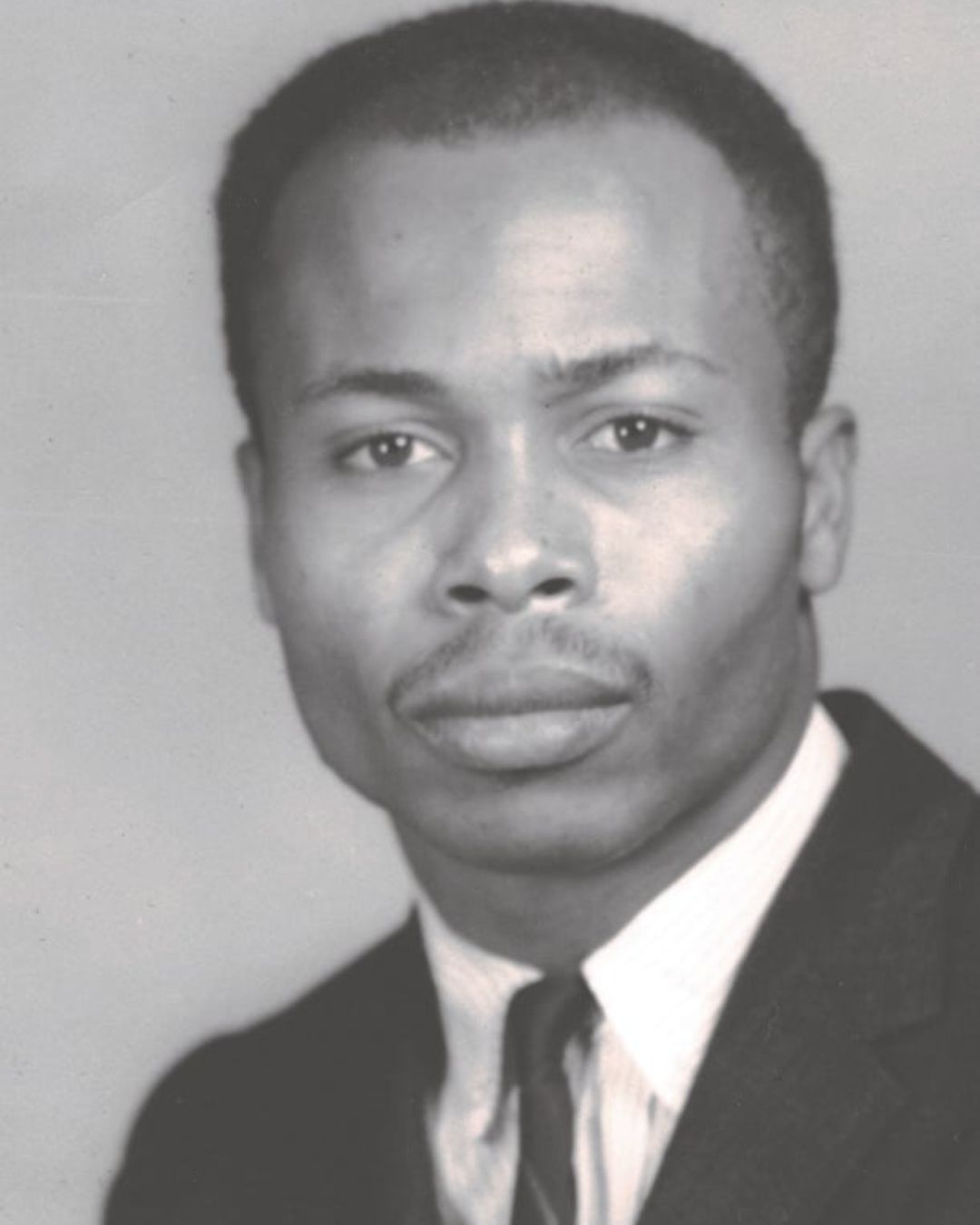
John Bradley
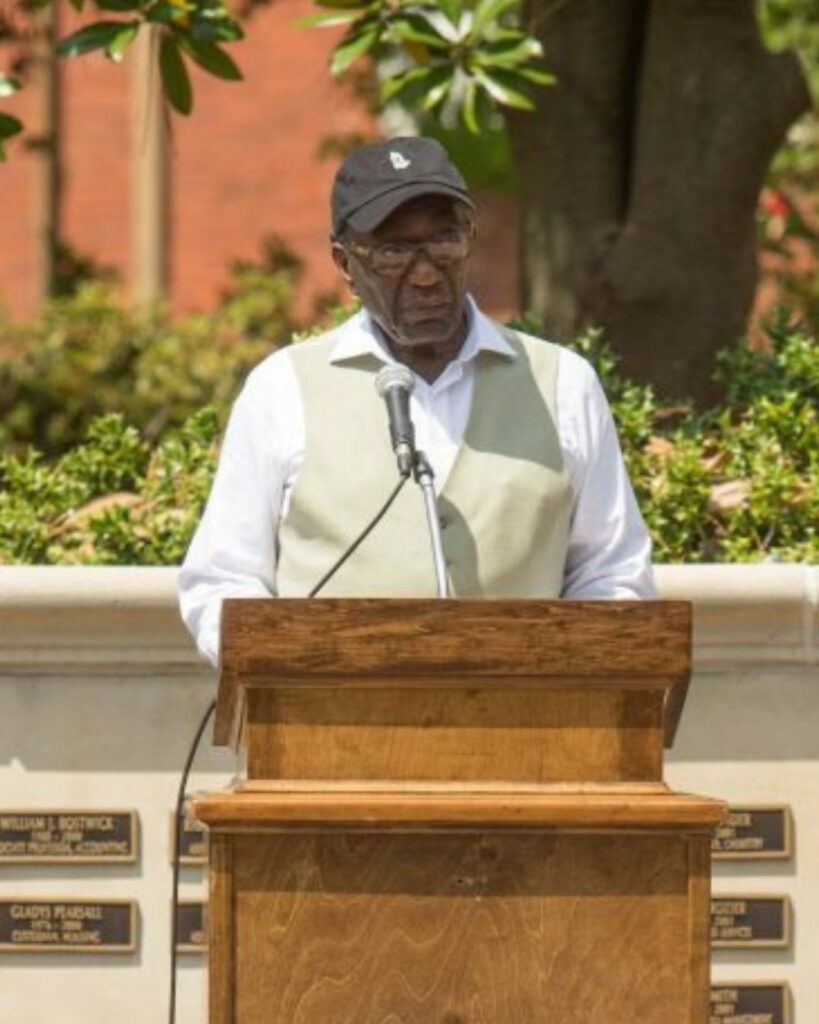
Ulysee Mosley
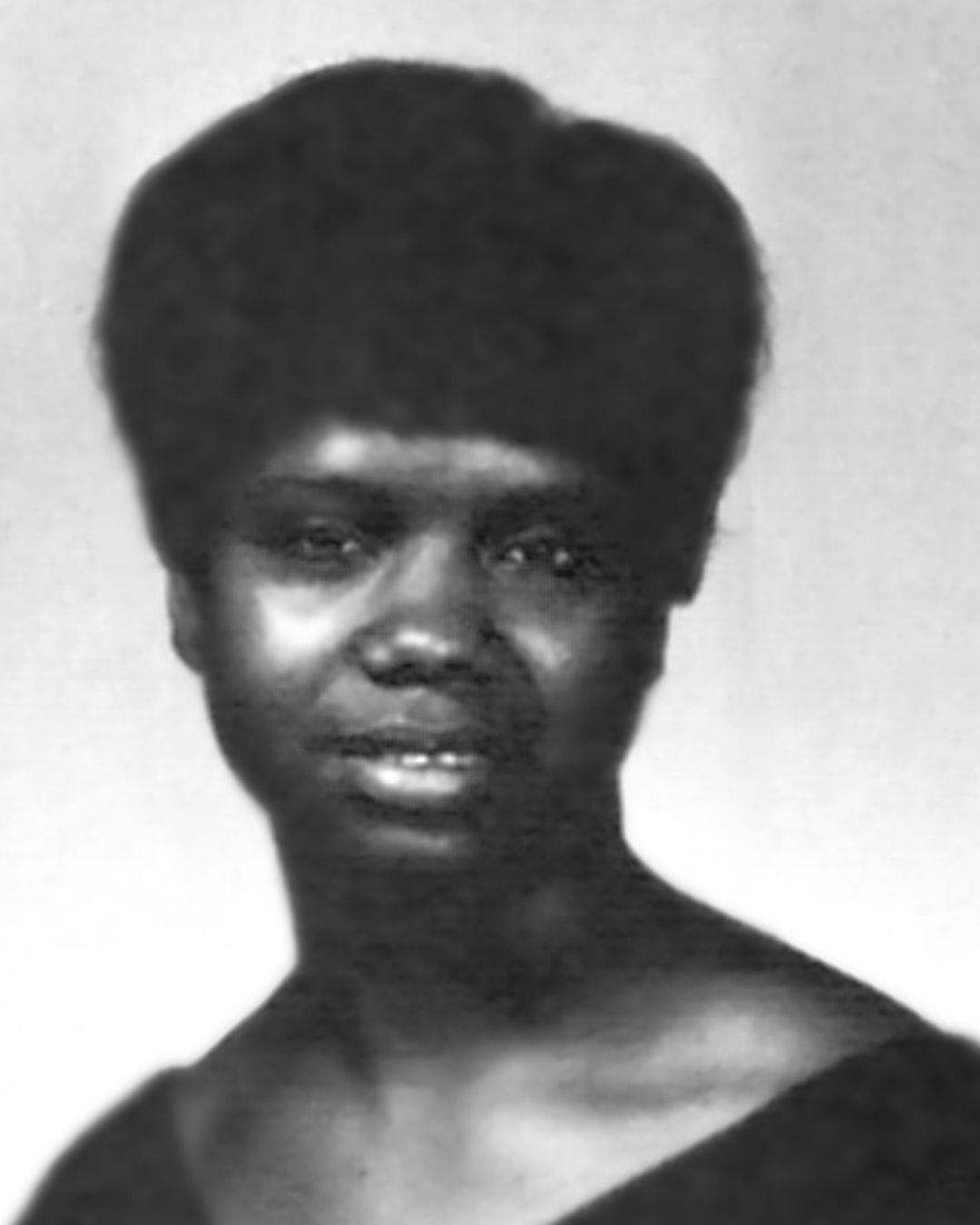
Jessie Zeigler
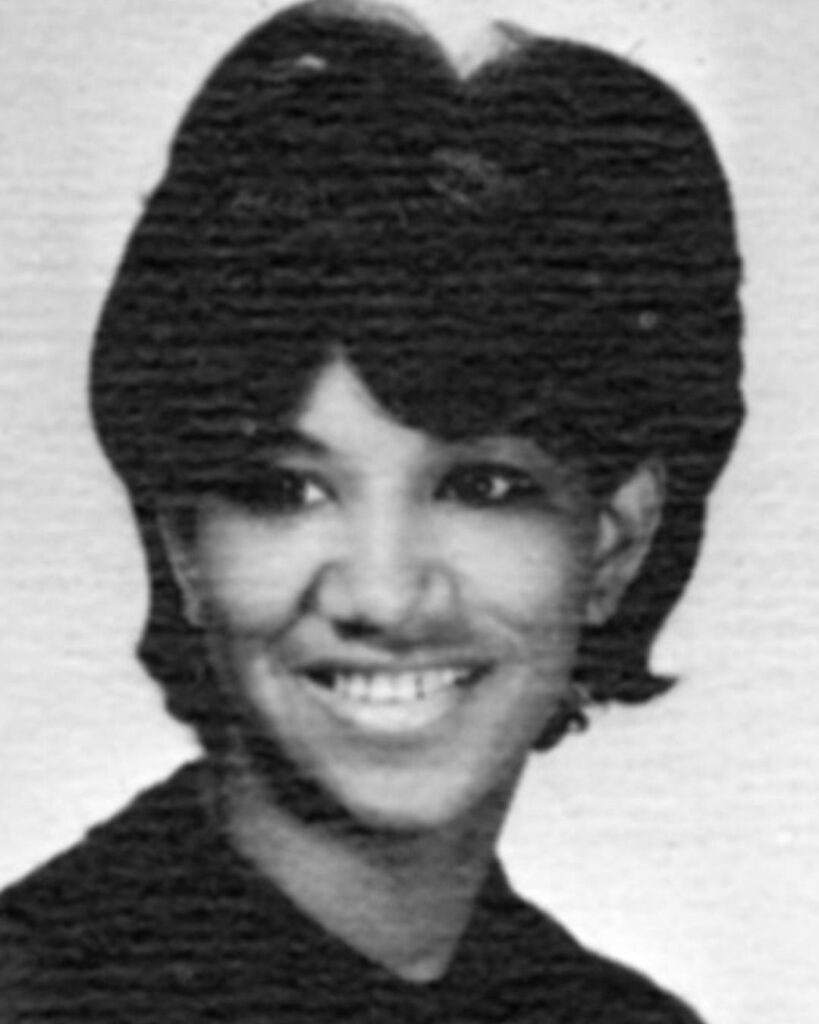
Catherine Davis
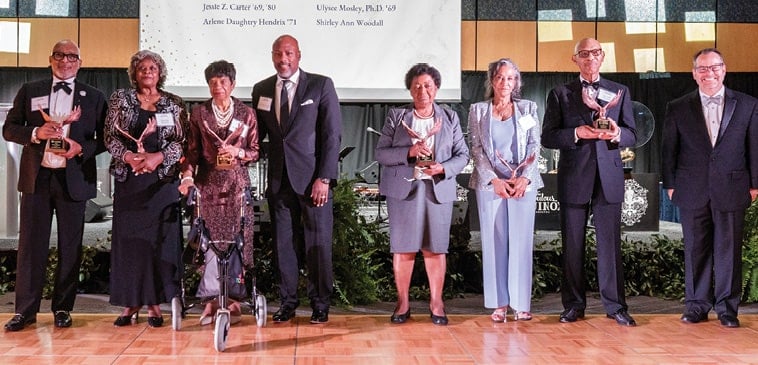
Firsts in Athletics and Homecoming Royalty
Athletes, too, played a pivotal role in the institution’s history. In 1967, Roger Moore shattered barriers as the first African American to receive a Georgia Southern basketball scholarship. Similarly, Sam Berry made history in 1971 as Armstrong’s first Black basketball scholarship recipient. Beyond the athletic arena, Black students made their mark in aspects of campus life. Margaret Harris’ crowning as the first African American homecoming queen at Armstrong in 1972 and Yolanda Epps similar achievement on the Statesboro Campus in 1982 symbolized the evolving landscape.
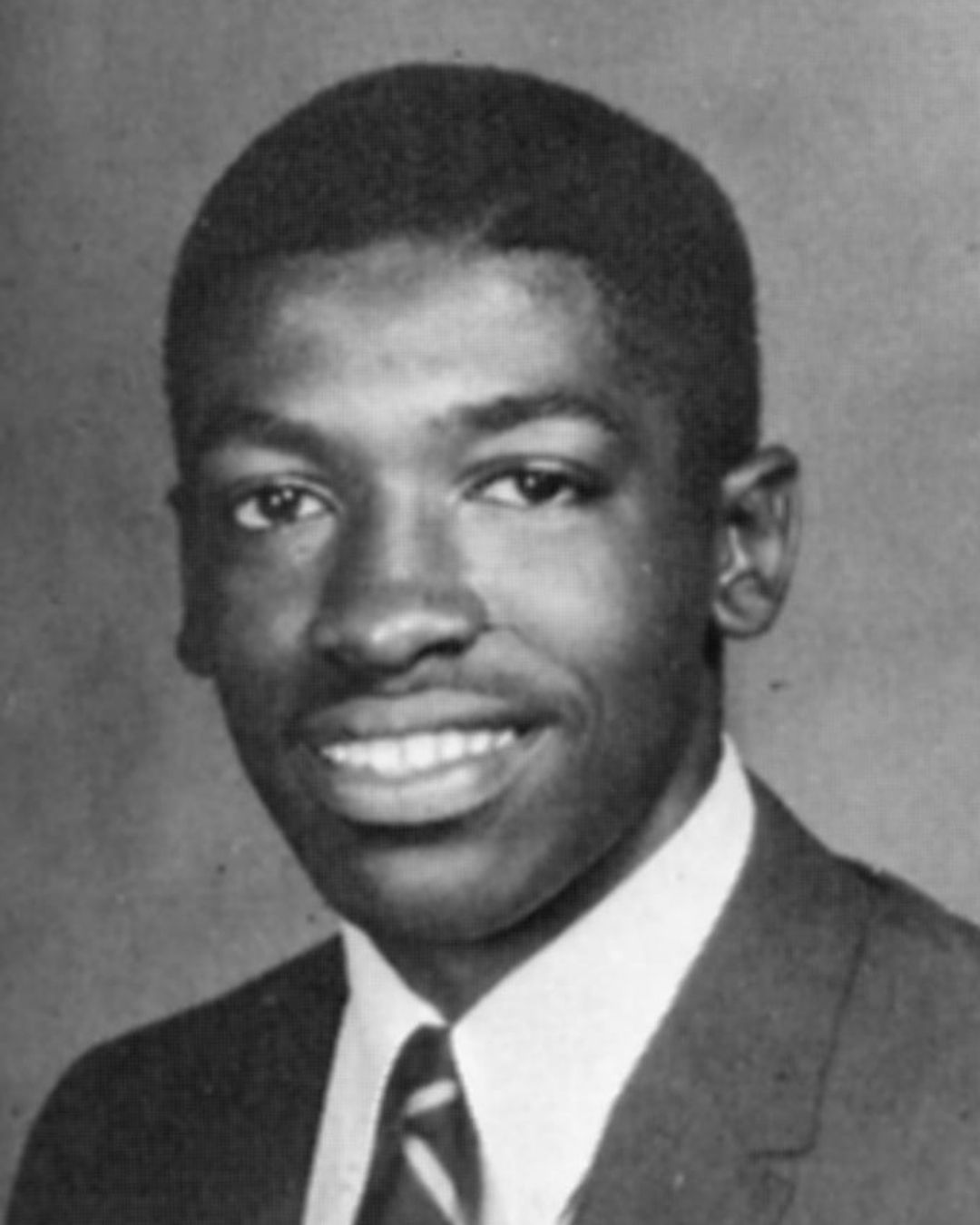
Roger Moore
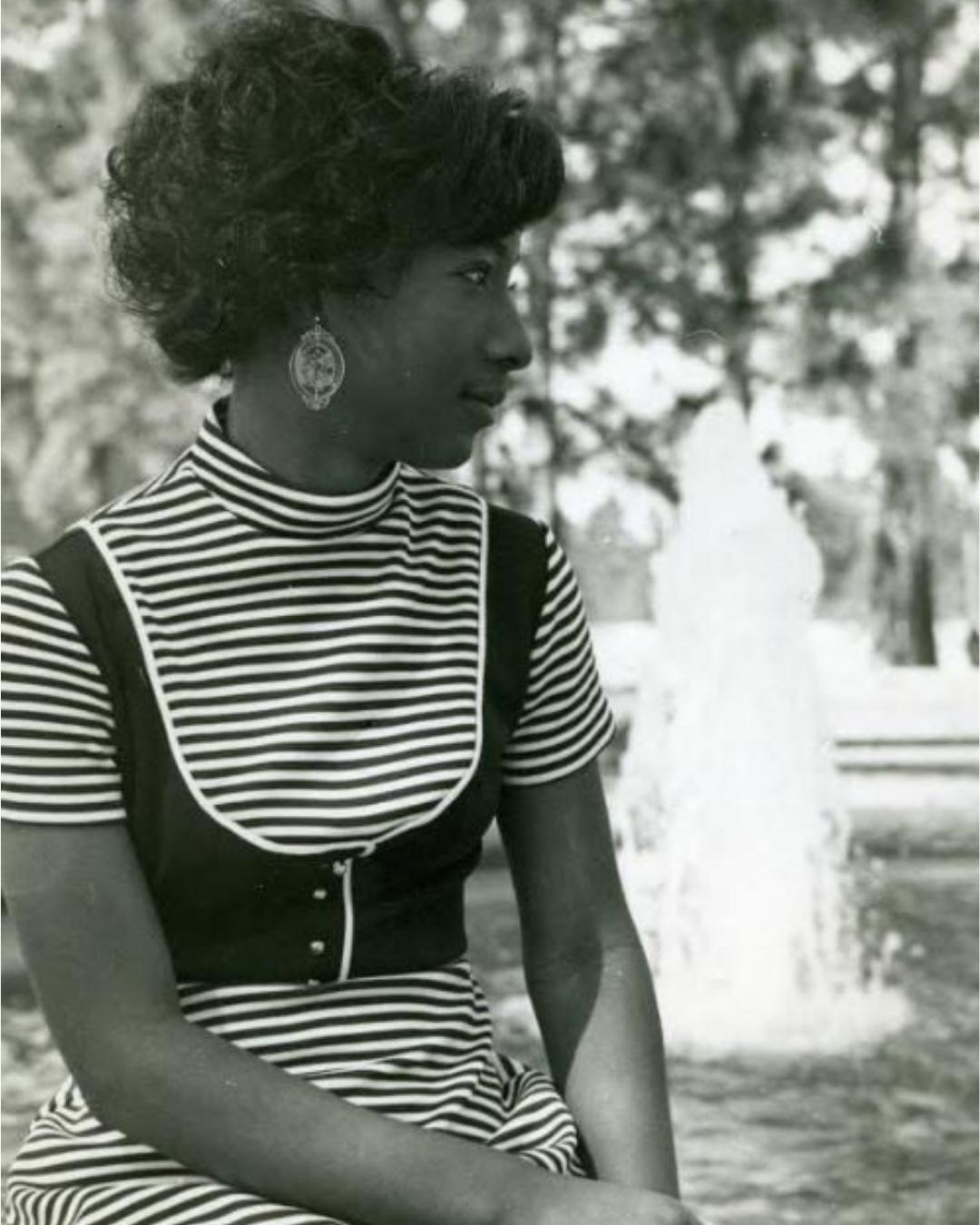
Margaret Harris
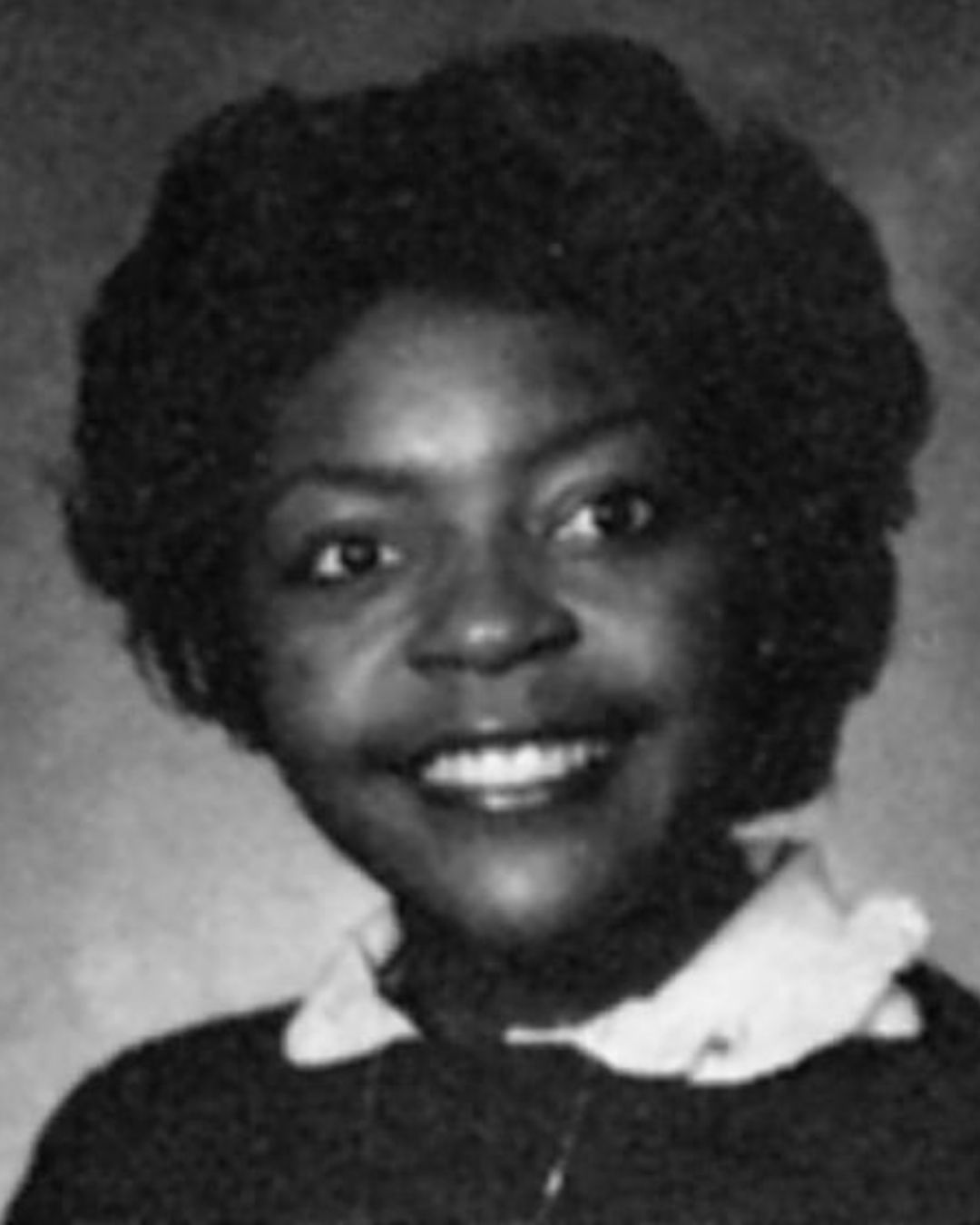
Yolanda Epps
Soaring to new milestones
The contributions of African American faculty and staff further enriched the fabric of Georgia Southern and Armstrong. Professor Charles Bond’s arrival in 1972 marked a milestone as the first Black faculty member at Georgia Southern as did Professor Pat Ball, the first Black faculty member at Armstrong in 1968. The appointment of Charles Nash as the dean of the School of Education at Armstrong in 1979 broke leadership barriers.
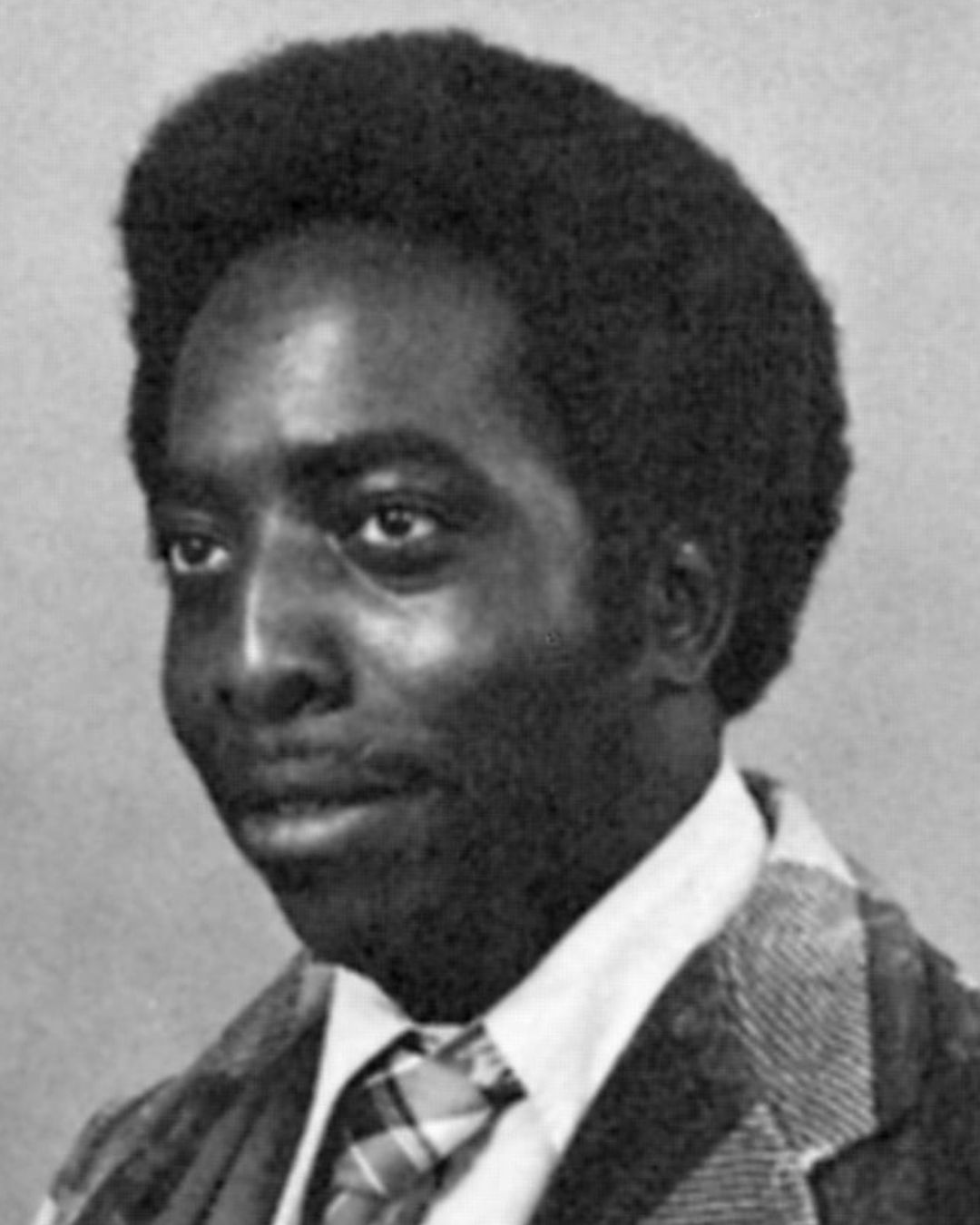
Charles Bond
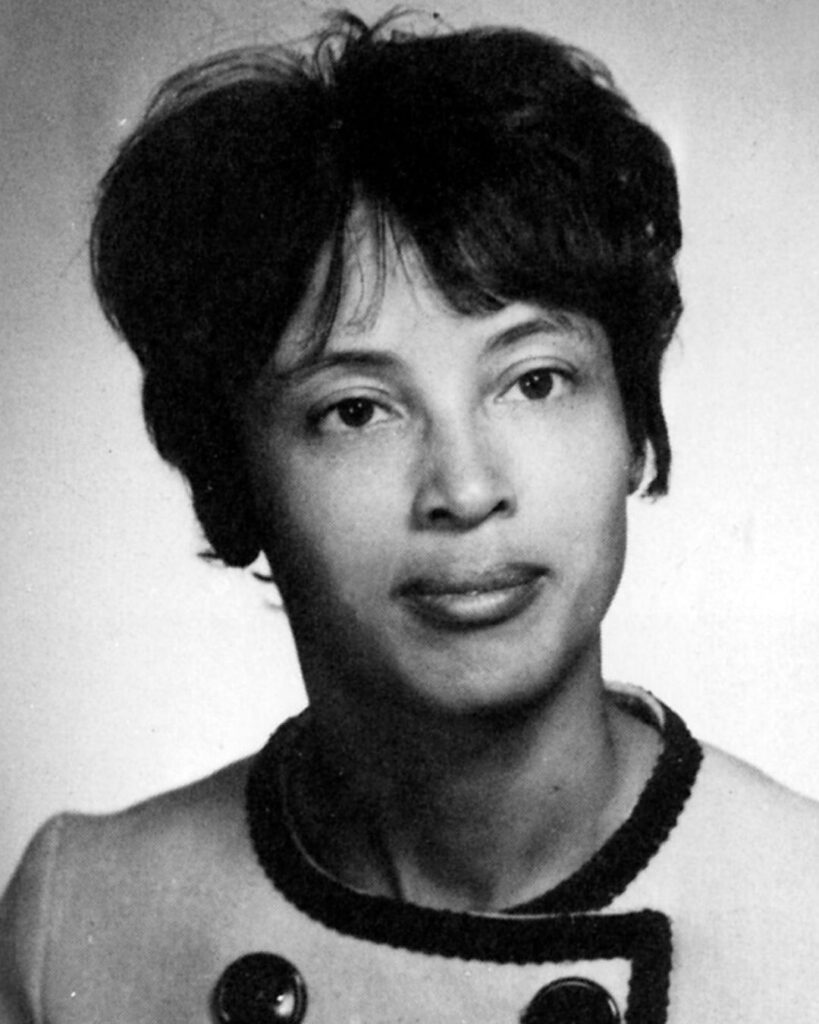
Pat Ball
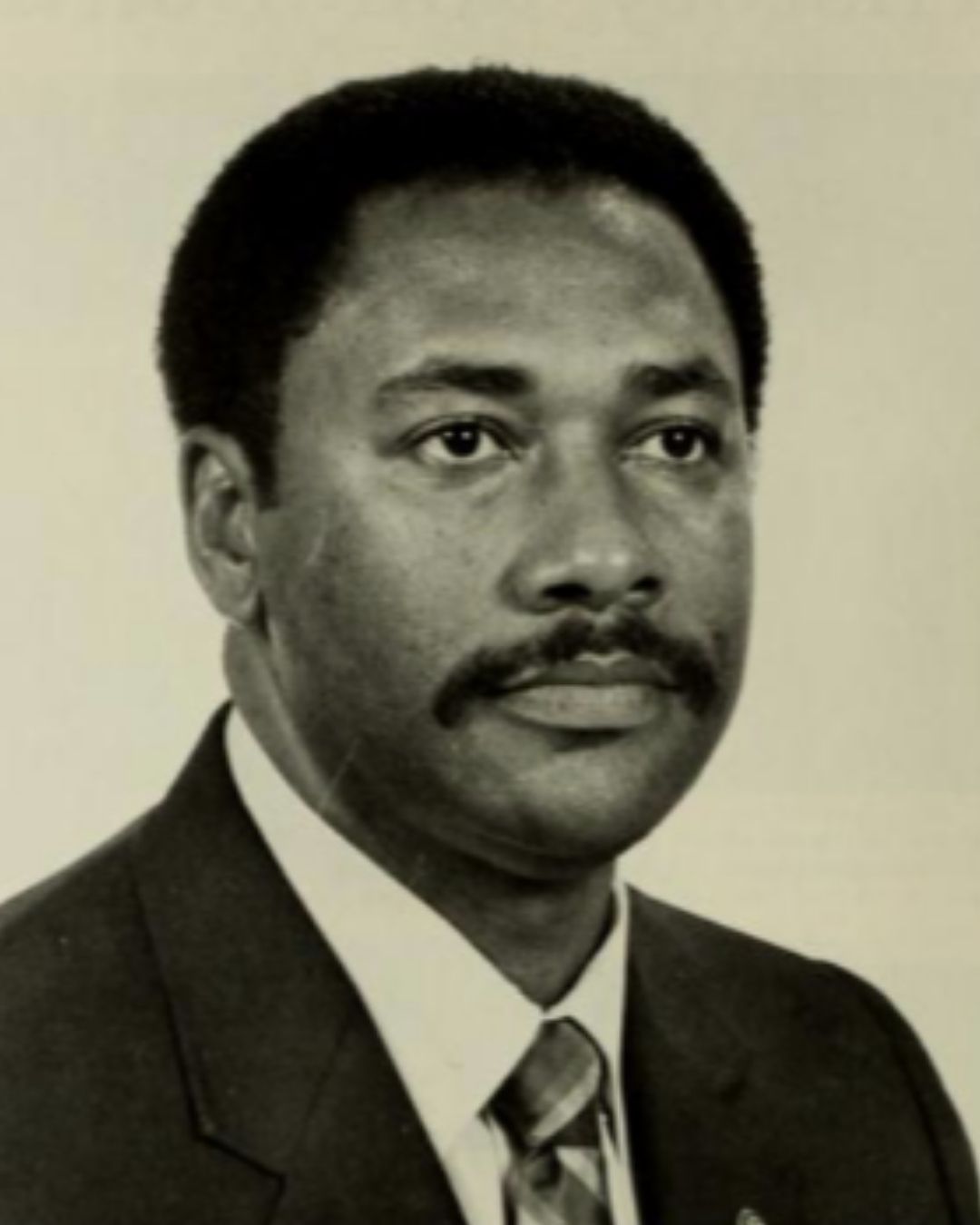
Charles Nash
An Enduring Legacy of Service
As we celebrate Black History Month, it is essential to honor the unsung heroes who left an enduring legacy. Individuals like Mose Bass and Curtis Frink may not have held high-profile positions, but many in Eagle Nation remember their dedication and service. From Bass’s decades of service as a custodian to Frink’s 46 years of service in Landrum and Williams dining halls, their contributions to Georgia Southern are valued and celebrated as well.
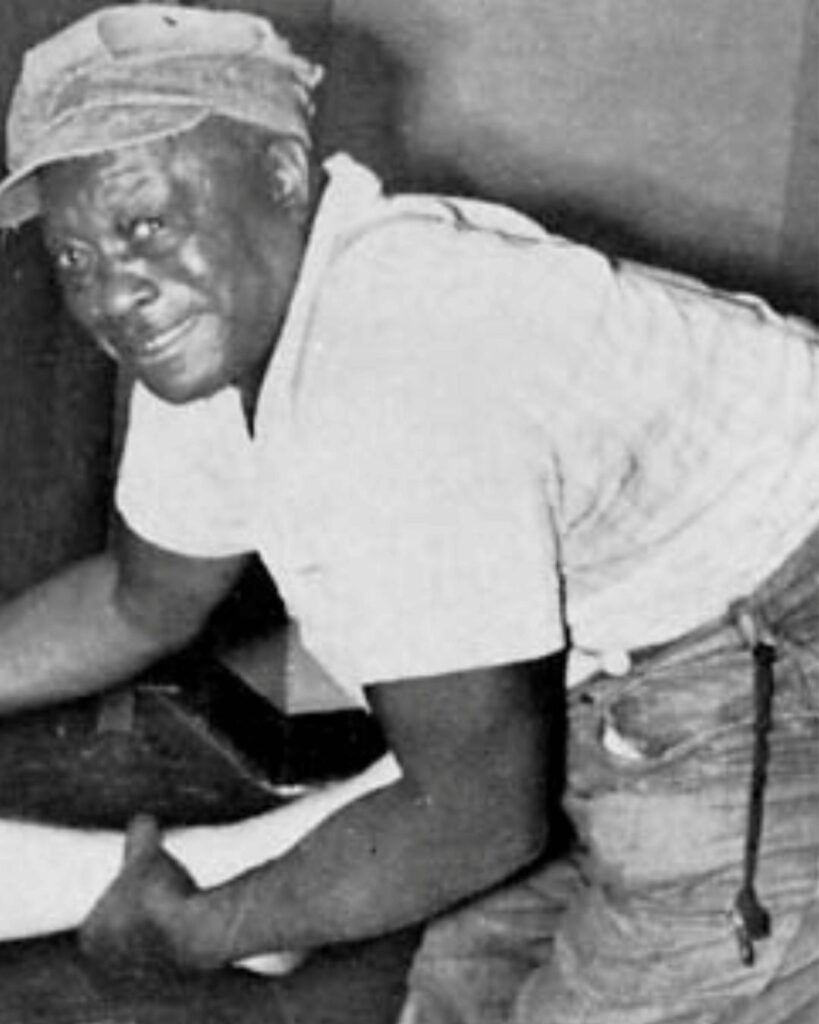
Mose Bass
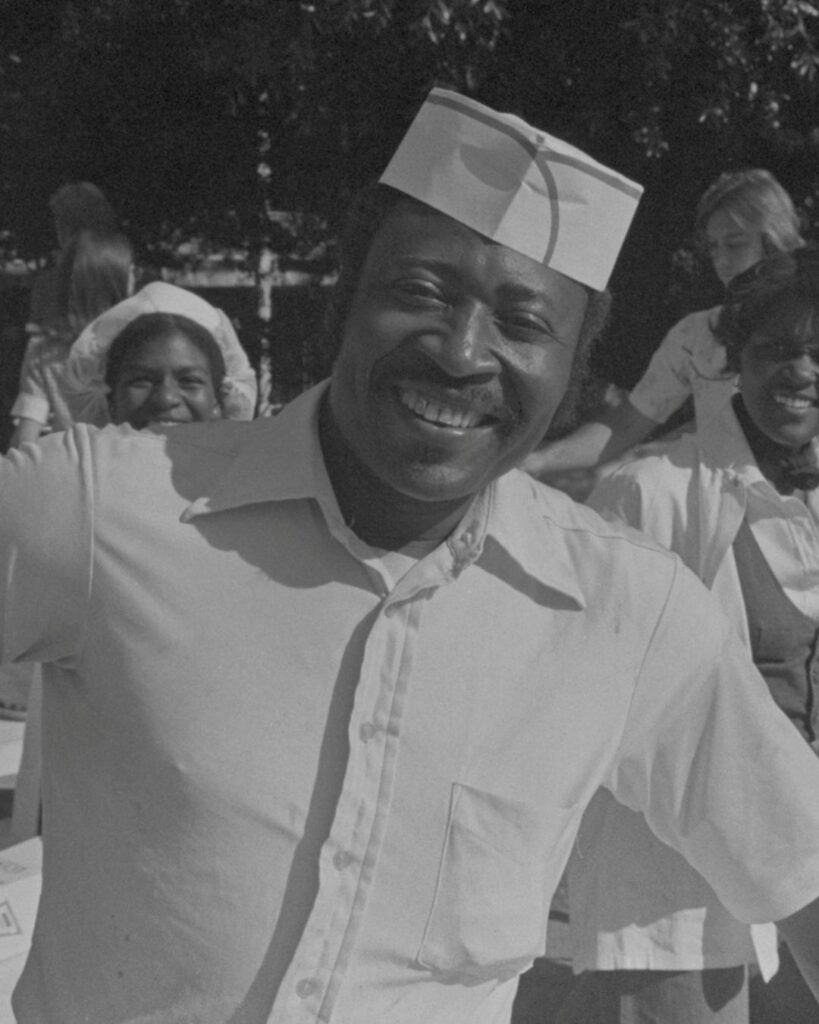
Curtis Fink
